15 years after the Miracle on the Hudson, some struggle with PTSD while others learned to fly
Watch The Whole Story with Anderson Cooper: Miracle on the Hudson tonight at 8 p.m. ET/PT.
All the moments Vallie Collins hadn’t yet lived flashed before her eyes as she texted her husband her flight was going down.
Her youngest son’s first homerun. Planning her kids’ birthday parties. Beaming as mother of the bride.
“I’m not a perfect mother, but I’m their mother,” the mom of three said. “And to think that I wouldn’t finish raising them was pretty hard.”
Collins was in seat 26D on US Airways Flight 1549, which crashed in the Hudson River in New York 15 years ago this month, a miracle landing that left all 155 people onboard alive and gave many a new lease on life. The maneuver was dubbed by aviation experts as the most successful ditching of an aircraft of all time, raising Capt. C.B. “Sully” Sullenberger to hero status and later movie fame in the film “Sully.”
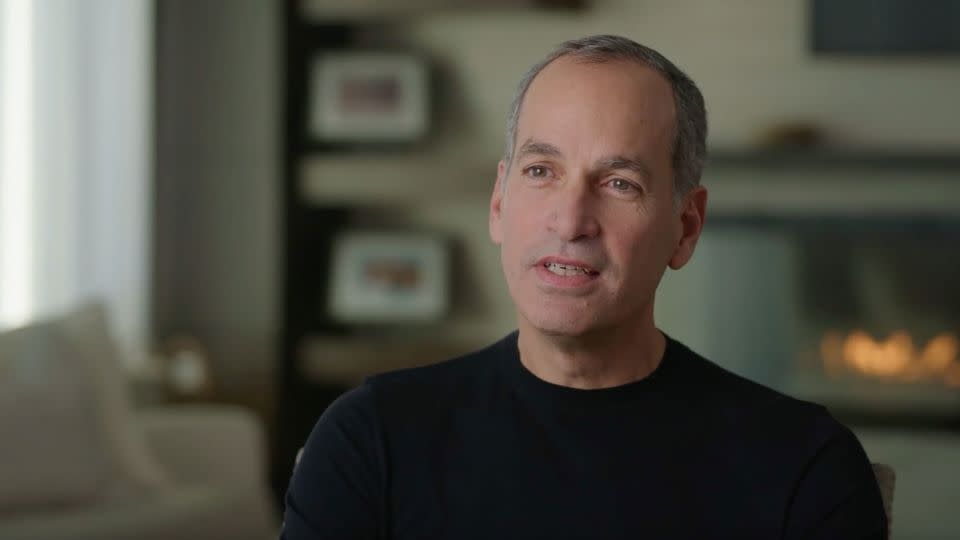
Sitting in the front row of the plane that day, Ric Elias realized all the things he wouldn’t miss: Money, another victory, another trip. He, too, reflected on not being there to raise his family.
Nearby in seat 1C, Barry Leonard kept thinking of his family, from his wife and kids to his mother. He didn’t scream – “I didn’t do anything,” he said.
In these fleeting moments of the plane descending, the silence of both engines not whirring stood out to some onboard. Thoughts of dying invaded the minds of many, fearing the worst outcome.
Sullenberger and some of the passengers sat down with CNN for a special “The Whole Story with Anderson Cooper” marking the 15th anniversary of the Miracle on the Hudson to reflect on how that day changed the course of their lives, in ways good and bad.
‘This is the captain. Brace for impact’
Taking off from New York’s LaGuardia Airport, Sullenberger said he remembered being startled when a flock of Canada geese, with wingspans of up to six feet, hit the airplane. Then both engines lost thrust.
The veteran pilot made a quick announcement to the cabin alerting them to an emergency landing.
“‘This is the captain. Brace for impact,’” Sullenberger said he remembered telling the cabin.
“I could hear the flight attendants in the front began shouting their commands to the passengers in unison. ‘Brace, brace, brace. Heads down. Stay down.’ Over and over again.”
As panic rippled through the cabin, Sullenberger assessed his landing options with air traffic control. He realized they wouldn’t make it back to LaGuardia, he said in air traffic control recordings, and later ruled out Teterboro and Newark airports in nearby New Jersey.
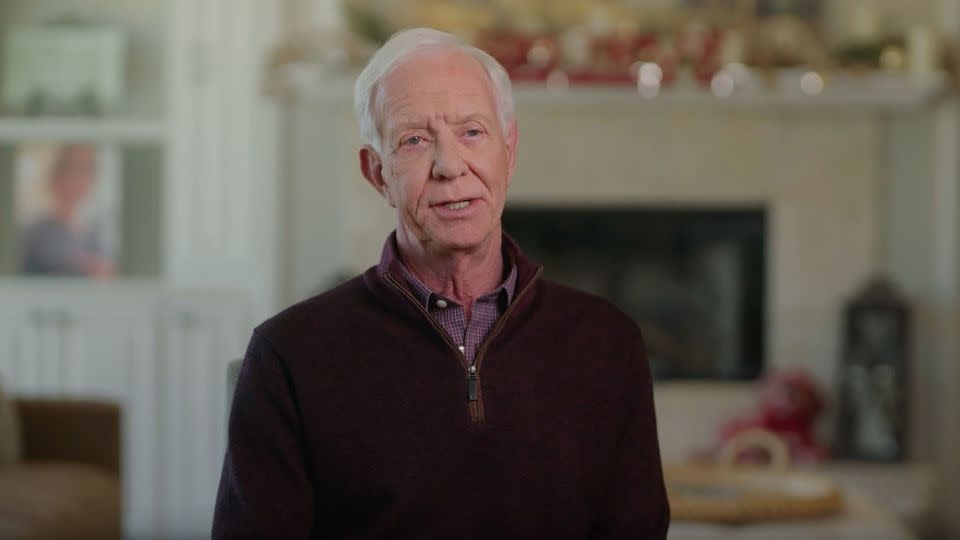
They were going to land in the Hudson River, he told air traffic control.
It was 208 seconds from the plane hitting the birds until Sullenberger and First Officer Jeff Skiles maneuvered and landed the plane on the Hudson River.
“It was a pretty big jolt,” passenger Leonard said. “I guess my knee hit my sternum because my sternum cracked.”
The plane shook in the rough and violent landing, Collins remembered.
“When we seemingly stopped, I looked up and I thought, ‘I’m in one piece. This plane is in one piece.’”
But the relief of landing was short-lived. Flight attendants directed passengers to the wings to exit the aircraft, as another challenge emerged.
“The water just came rushing in,” Collins said. “That was my scariest moment. I thought, ‘Lord, please do not let me drown.’ It was so cold.”
It was 20 degrees that afternoon. Leonard unbuckled his seat belt, took off his shoes and jumped into the icy-cold river.

“I looked back and I saw people walking on water,” he said. “I actually thought that I died. And it was only after I started swimming back this way that I realized that people were on the wing, and I wasn’t dead.” The captain went through every row of the plane twice, checking for passengers. “I was in such a state of stress, I didn’t trust my eyes and ears,” Sullenberger told CNN. The plane was still taking on water – a flight attendant shouted they needed to get off the plane.
Miraculously, all 155 onboard survived.
Some passengers embraced change, others felt lost
There is a distinct before and after the landing on the Hudson, the moment that forever changed the lives of the people onboard the flight.
After the harrowing landing, Clay Presley, who had been in seat 15D, said he became extremely claustrophobic – something he still suffers from.
“Even today, I cannot get in those very close quarters unless I know and feel that I have got a very, very easy out,” Presley told CNN.
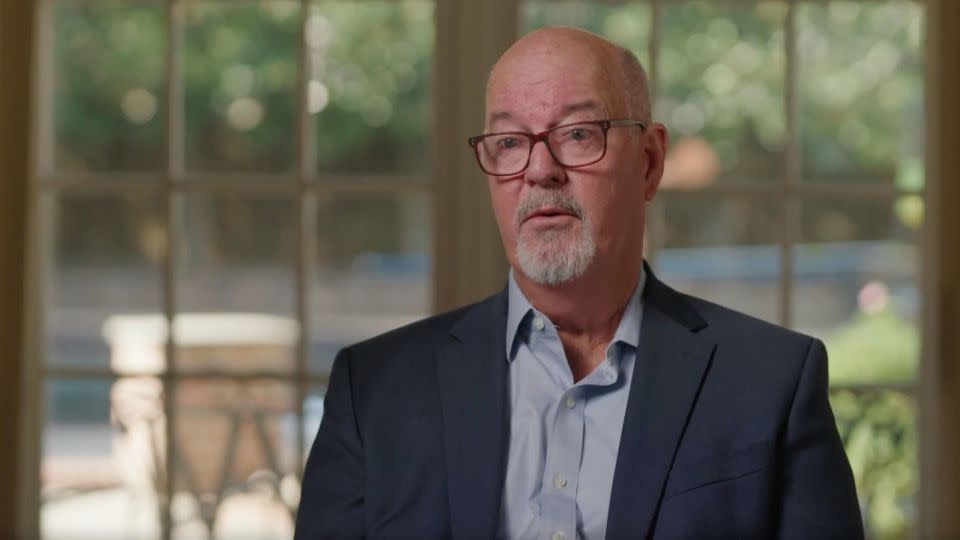
While Presley said he experienced PTSD in the wake of the emergency landing, he decided to take his fear of flying and own it. The former businessman learned to fly.
The heroism of Sullenberger and the first responders that day inspired him to become a pilot, he said. Presley flies small airplanes and his own plane has the tail number 1549H, named after US Airways Flight 1549.
Psychologists like Sonja Lyubomirsky say people respond to traumatic experiences in different ways. Some people may feel and stay low, while others may experience depression and bounce back, showing resiliency, she said.
And others may come back to a higher baseline than they started from, said Lyubomirsky, a University of California, Riverside psychology professor and happiness expert.
For passenger Pam Seagle, who was in seat 12A, the near-death experience inspired her to take stock of her life and make big changes, she said.
She was a senior marketing executive in 2009 and she realized she wanted to be more present for her two children, who were teenagers at the time, and her husband. Seagle also asked her employer to move into a different line of work, seeking greater fulfillment.
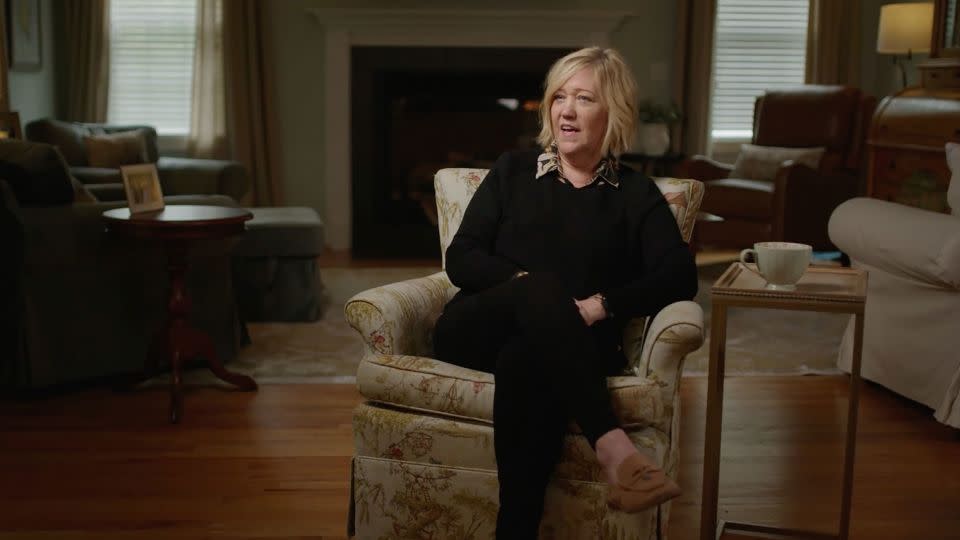
“There just isn’t enough rights for women and economic empowerment and so we’re looking to change that,” said Seagle, who now develops programs that promote the economic empowerment of women.
This growth after trauma is common, but everyone’s path is different, explains Richard Tedeschi, a researcher and psychologist with more than 40 years in practice.
“They often say to us that the events they’ve been through have changed the direction of their lives,” Tedeschi said. “Maybe it’s introduced them to things that they have never considered for themselves before.”
But the positive changes weren’t as apparent for some of the passengers, like Collins.
“I was just not myself,” she said, remembering how she felt a month later. “I became just really sad, really blue. Suddenly I did not feel equipped to keep everything going.”
Collins described her personality as Tigger from “Winnie the Pooh” – a tiger filled with energy and optimism. Yet then she felt like Eeyore, a gloomy and depressed donkey, much the opposite of Tigger.
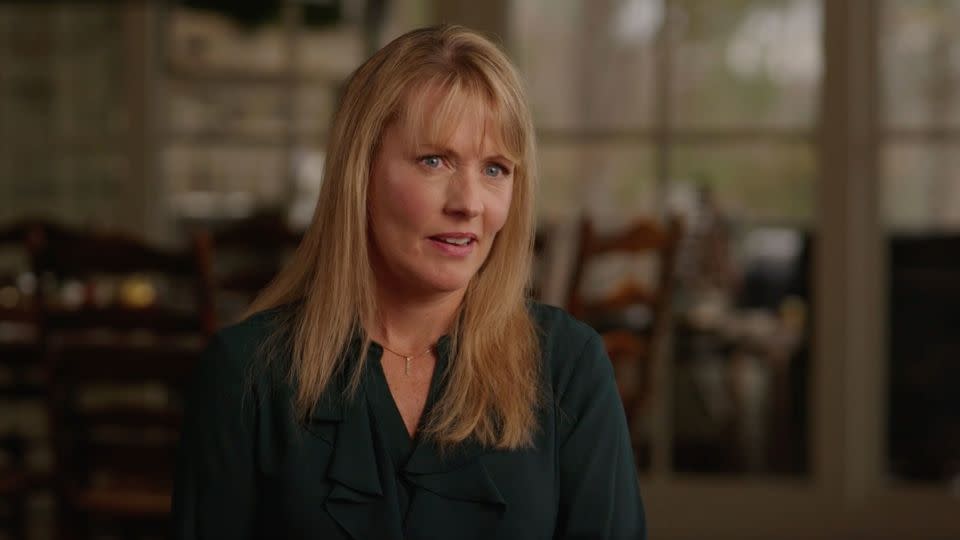
“I was part of one of the greatest acts in aviation history and walked off of it without a scratch on me,” she said. “Like, what is wrong with you? Like, snap out of it! You felt so ungrateful.”
Collins said she believes some parts of her life are better after that day – she’s more involved with her church and her community, she’s served on nonprofit boards. Yet she knows she won’t ever be the same person that walked on that flight, she said.
The power of a feel-good story
The Miracle on the Hudson landing came at a time when anxiety and angst were dominating the thoughts of Americans. It was a time of recession, bank closures, layoffs and financial instability.
It became the feel-good story of the time, with people marveling about the miraculous landing and the heroism of the crew and the first responders who came to their aid.
“There is a heroic pilot,” New York Gov. David Paterson said after the incident. “We have had a miracle on 34th Street, I believe we now have a miracle on the Hudson.”
The media frenzy around Sullenberger brought a hum of generators and reporters outside his family’s home, his wife Lorrie Sullenberger remembers. But it also brought something else.
A handwritten note printed out on the family’s fax machine with a message: “America needed a win. Thank you,” the unsigned fax said.
And droves of people from around the world sent so much mail that the postal workers had to bring it in bins, Lorrie Sullenberger said. One letter still stands out.
“In the last year, I had lost my father to cancer. I lost my job and then my home. I had lost my faith. You, sir, gave it back,” Sullinberger’s wife said the letter read.
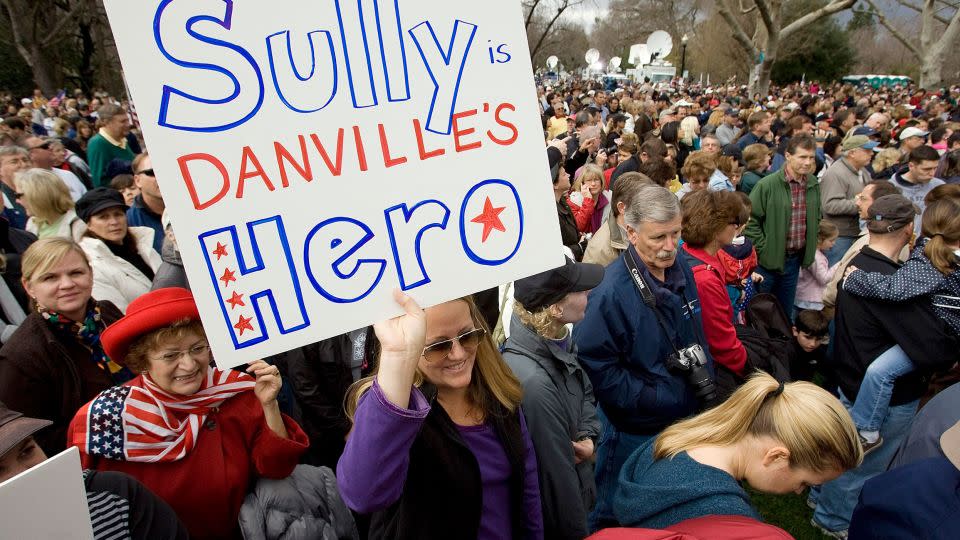
The whole ordeal makes Sullenberger reflect on the everyday acts of people who may not be seen.
“This is a reminder of all the people out there who are not corrupt, who are courageous, who are compassionate, they’re doing things, important things, compassionate things all the time. We just don’t know who they all are,” he said.
“They haven’t been publicly noticed as we were. But that’s a potential that each of us has.”
For more CNN news and newsletters create an account at CNN.com